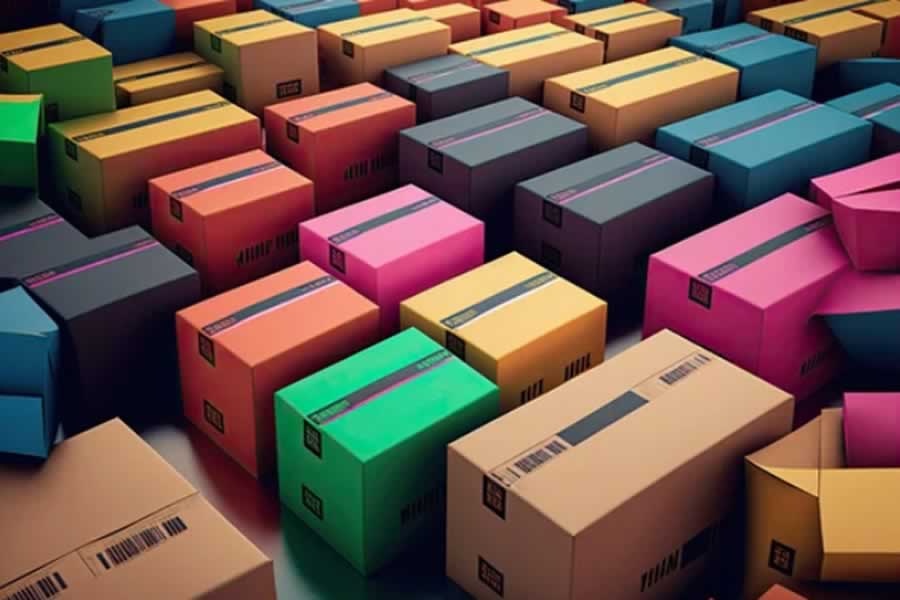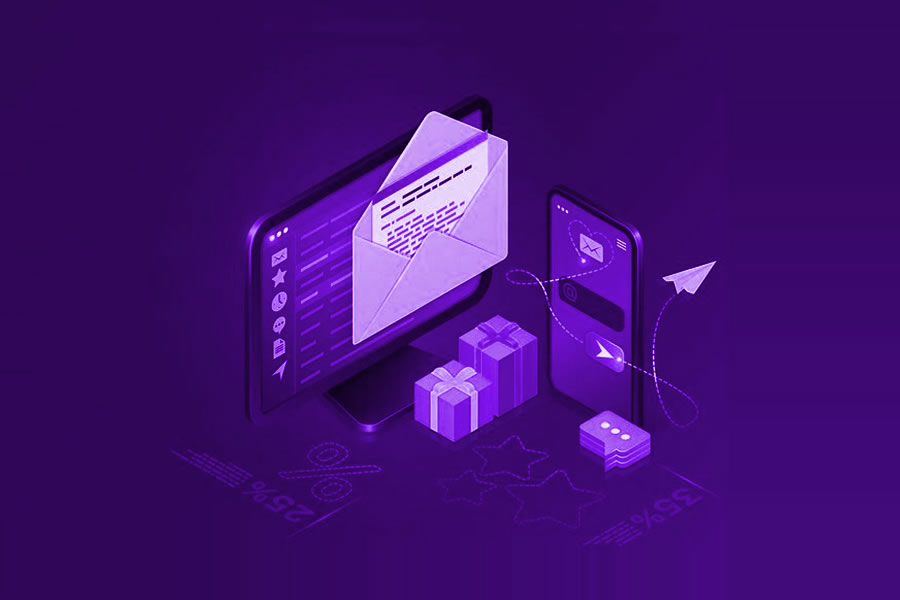If you are running an eCommerce business, the order fulfilment process is extremely important, especially to ensure your business growth.
It’s all about making your customers happy and satisfied, and what other ways to ensure that than making sure they receive their orders on time?
Order fulfilment encompasses all of the actions a company takes between receiving a new order and delivering that order to the customer.
The process includes warehousing, picking, and packing the goods, shipping them, and sending an automated email to the customer to notify them that the item is on its way.
Steps involved in order fulfilment
What does order fulfilment mean and what are the processes involved? The order fulfilment process is the steps a business takes from the moment they receive an order until it’s delivered to the customer.
In other words, order fulfilment simply means fulfilling a sales order to the customer’s specifications. It involves the receiving, picking, packing and delivering of orders via eCommerce business to customers.
That is, delivering goods as promised at the time of sale. Below are some of the main steps involved in the order fulfilment process:
#1]. Receiving inventory
Receiving inventory is the initial stage in this complex operation. Despite its apparent simplicity, this component of the supply chain can have a considerable impact on consumer satisfaction and loyalty.
During this initial stage, eCommerce operators must receive products, confirm the number of units, verify each item, and sort them appropriately.
#2]. Storing inventory
After obtaining the inventory, the following step is to classify the items and store them in a warehouse or storage facility in a systematic manner.
This training is particularly critical when it comes to guaranteeing efficient order processing.
Inventory management should be planned, transparent, and precise. Failure to be diligent in this process can result in delivery delays and loss of profit.
#3]. Processing orders
Order processing involves retrieving items from storage, examining the items for damage, and handing off orders for packaging.
These processing phases highlight the significance of being conscientious about inventory management and storage. Order processing is more efficient when inventory is stored systematically.
#4]. Shipping & delivering orders
Shipping and delivery are the final stages of order fulfilment. It is where third-party or in-house carriers receive and deliver packages to purchasers.
The shipping cost is determined by the order’s size, dimensional weight, and destination. Following the handover, shops must give order or shipment tracking information to customers.
#5]. Handling returns
Handling returns is also highly essential because order fulfilment does not end when the customer receives their orders. Returns management is just as important as any other aspect of the supply chain.
Most customers only shop at online stores with a simple return policy. When a returned item arrives at the warehouse, it is inspected for damage. If it is still in good shape, it is returned to storage for a future order.
Order fulfilment models
Order fulfilment models have evolved over the years, but the foundations have remained consistent and for very good commercial reasons.
What are the different kinds of order fulfilment? You can pick between four order fulfilment models: in-house, outsourcing, drop shipping, and hybrid. Each model addresses a distinct business need.
#1]. In-house model
The in-house model essentially means that all order fulfilment procedures are completed inside.
#2]. Third-party model
This concept comprises delegating all order fulfilment activities to a third-party order fulfilment company.
#3]. Drop shipping model
Drop shipping fulfilment occurs when a company does not hold stock of the things it sells. When a drop shipping company makes a sale, it outsources packaging and shipping to a third-party fulfilment service.
In this case, the sellers are not involved in distributing the product to the buyer. As a result, the seller is not required to directly handle the product or manage any supply chain.
#4]. Hybrid model
Hybrid fulfilment is a versatile and diverse method to order fulfilment that may include a mix of different fulfilment models such as in-house fulfilment, drop shipping, and/or third-party logistics.
The infographic below by 2Flow takes a further look into the order fulfilment process, the importance of quality of order fulfilment and the challenges that face order fulfilment.








































